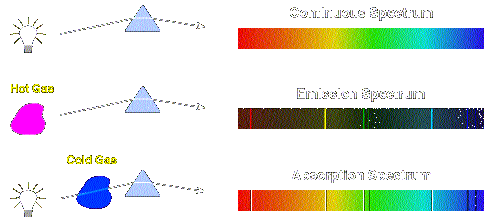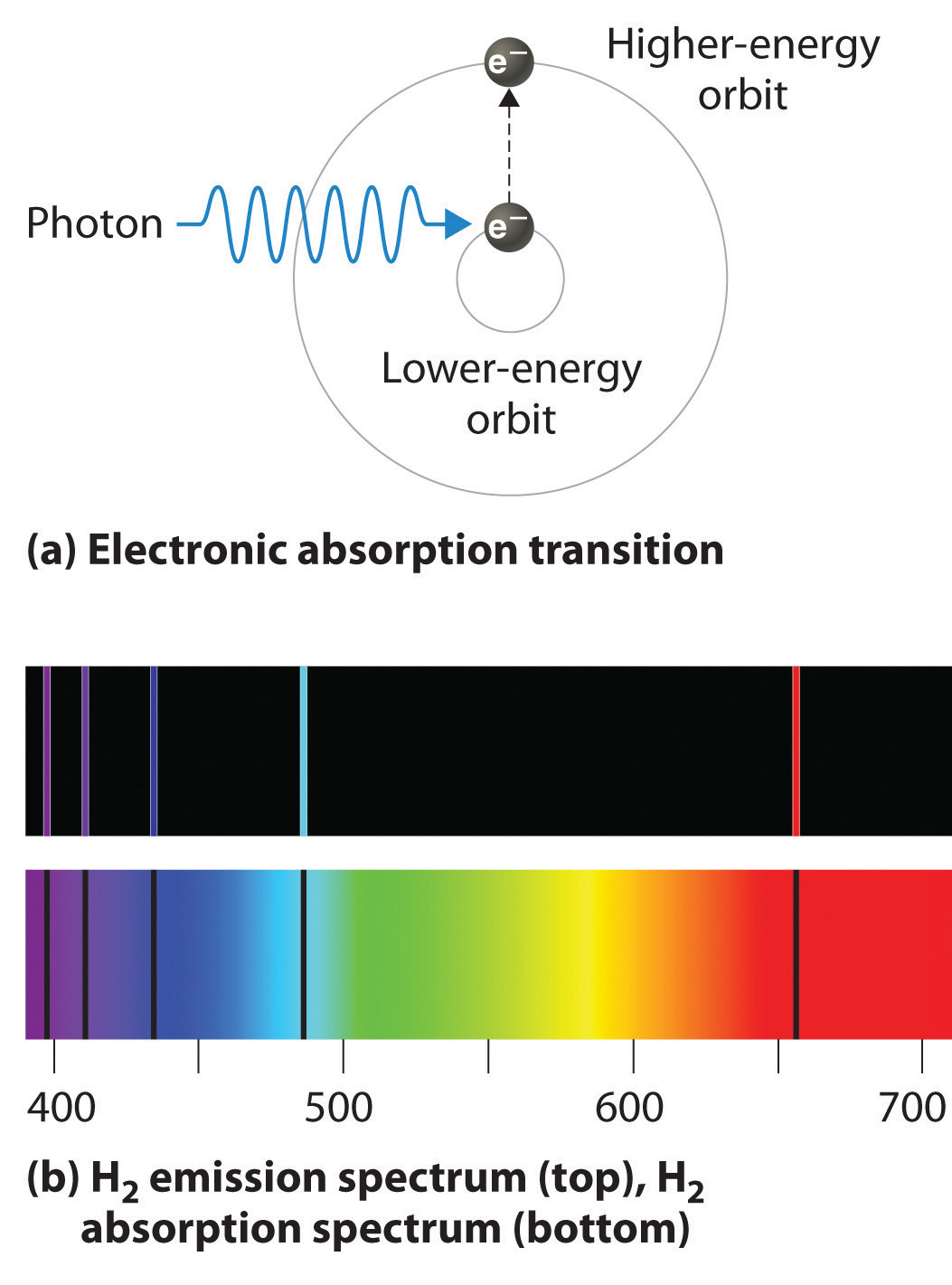
Miyahara, Tomoo Nakatsuji, Hiroshi Wada, Takehiko

Nature of the absorption line and of its splitting are discussed.Ĭircular dichroism spectra of uridine derivatives: ChiraSac study. The MCD was identified as the temperature independent paramagnetic mixing effect. Approximately the same splitting was extracted from the absorption spectrum. Splitting of value 960 cm-1 was revealed in the MCD spectrum. Absorption line at 19400 cm-1 and luminescent line at 18200 cm-1 were observed. Absorption and photoluminescence spectra were also recorded. Diameter of nanoparticles varied from 2.3 to 4.5 nm. Magnetic circular dichroism (MCD) of water-soluble CdTe nanoparticles was observed in the visible spectral range for the first time. Magnetic circular dichroism of CdTe nanoparticles Structural and Magnetic Properties of molar concentration. In contrast to Jsp-d, the nearest neighbor interaction JNN estimated from the steps in the photoluminescence peak was found to be independent of the well width. The observed features are well explained by a model assuming the interface disorder within some thickness near the interface. It was found that the latter effect is much larger than theoretically predicted. The decrease is partly due to the penetration of the electron and the hole wave functions into the non- magnetic CdMgTe barrier layers, and partly due to the k-dependence of the exchange interaction. The magnitude of Jsp-d estimated from the observed Zeeman splitting was found to decrease as the quantum well width was decreased. The sp-d exchange interaction Jsp-d and the exchange interaction between the nearest neighbor Mn ions JNN were studied by magneto-photoluminescence spectra of excitons in CdMnTe/CdMgTe quantum wells in pulsed high magnetic fields up to 45 T. [Figure not available: see fulltext.Įxchange interactions in CdMnTe/CdMgTe quantum wells under high magnetic fields The frequency dependent conductivity spectra are found to obey the power law. The temperature dependent relaxation time is found to obey the Arrhenius law having activation energy 0.4 eV for Fe doped samples. The dielectric relaxation peaks are observed in the spectra of imaginary part of dielectric constant. In order to estimate the anti-ferromagnetic coupling among the doped Fe atoms, an M-T measurement at 500 Oe has been carried out, and the Curie-Weiss temperature θ of the samples has been estimated from the inverse of susceptibility versus temperature plots. The temperature dependent magnetization (M-T) measurement under zero field cooled and field cooled conditions has also ruled out the presence of ferromagnetic component in the samples at room temperature as well as low temperature. The magnetic field dependent magnetization measurement of the doped samples indicates the presence of anti-ferromagnetic order. Nanoparticles of cadmium selenide ( CdSe) and Fe (5% and 10%) doped CdSe have been synthesized by soft chemical route and found to have cubic structure. Magnetic and dielectric study of Fe-doped CdSe nanoparticlesĭas, Sayantani Banerjee, Sourish Bandyopadhyay, Sudipta Sinha, Tripurari Prasad

Meanwhile, the intensity of each optical absorption can be decreased when the temperature T increases and the core radius Rc is fixed, and this is because the Fermi-Dirac distribution function of the corresponding hole states will increase as the increase of the temperature T. The intensity of each optical absorption can be considerably enhanced by increasing the core radius Rc when the temperature T is fixed, it is due to the increase of their optical transition matrix element. The absorption spectra of CdSe/CdS core-shell nanowires at the Γ point are also studied in the magnetic field when the temperature T is considered, and we find there are only two peaks will arise if the core radius Rc and the temperature T increase. The degenerate hole states are split by the magnetic field, and the split energies will increase when |Jh | increases from 1/2 to 7/2, while they are almost not influenced by the change of the core radius Rc.

In addition, we find the three highest hole states at the Γ point are almost localized in the CdSe core and the energies of the hole states in CdSe/CdS core-shell nanowires can be enhanced greatly when the core radius Rc increases and the total radius R is fixed. The electronic structures of CdSe/CdS core-shell nanowires are calculated based on the effective-mass theory, and it is found that the hole states in CdSe/CdS core-shell nanowires are strongly mixed, which are very different from the hole states in CdSe or CdS nanowires. Electronic structure and intersubband magnetoabsorption spectra of CdSe/CdS core-shell nanowires


 0 kommentar(er)
0 kommentar(er)
